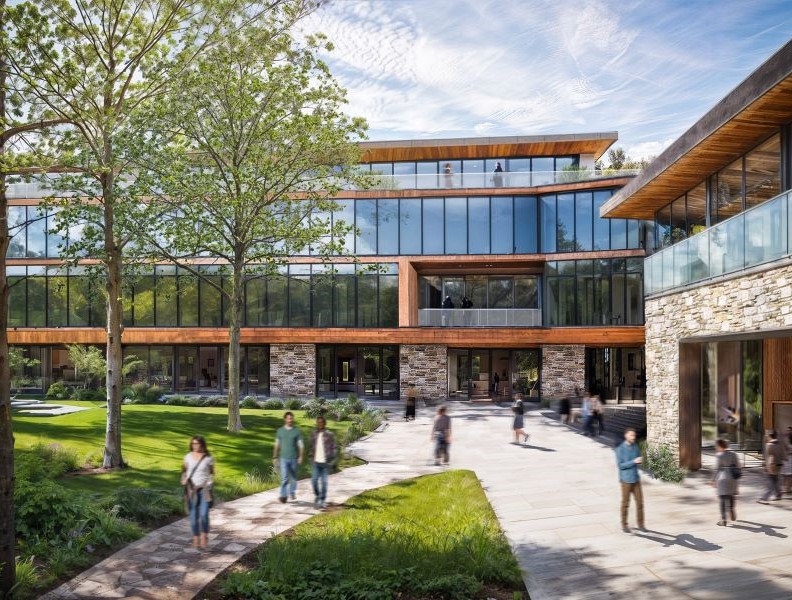Q&A: Tenant Demand to Drive Expansion
Dekel Capital's Shlomi Ronen shares his thoughts on what to expect from CRE and capital markets in the near-term, in light of the ongoing COVID-19 crisis.
As the global health crisis forces industries to slow down, or even come to a total halt, some sectors are deemed essential and continue to operate, albeit under certain restrictions. Development activity in California is still up and running, as housing construction was deemed essential, according to Gov. Gavin Newsom’s March 19 stay-at-home order.
Even so, the pandemic has already impacted development in certain sectors, including hospitality and retail. How will this affect the construction financing industry? Shlomi Ronen is the founder & managing principal of Dekel Capital, where he focuses on raising equity and debt for investors and developers. In the interview below, he weighs in on the current situation and the near-term implications the pandemic may have on the real estate market.
How are capital markets performing amid current events?
Ronen: The Fed’s actions were welcomed, as they are focused on keeping liquidity in the capital markets and supporting the banking system to avoid any major disruptions. In the near term, more liquidity will be forced into the system, along with added financing activity, as borrowers look to refinance their short-term debt. This will occur once we are all able to go back to our offices and work returns to normal.
How is the outbreak affecting the different sectors of real estate and financing?
Ronen: This may impact logistics and we may end up storing more inventory here in the U.S. so that we aren’t as reliant on just-in-time manufacturing. For real estate development, the hardest-hit sectors—hospitality, leisure and retail—will take some time to wade through the impacts of the shutdown and get to a point where we are seeing new development. The other sectors should be less impacted, and we will continue to see expansion where tenant demand exists.
With respect to construction financing, I expect that it will continue to be available, as I don’t anticipate a major hit to the banking system like we saw in 2008.
READ ALSO: Construction Costs Continue to Rise in 2020
How does the current global economic climate compare to the Great Recession?
Ronen: It’s different this time, as the 2008 financial crisis was concentrated in the U.S. and a few other countries. What we are seeing today is a global issue that’s impacting every single economy in the world. The U.S. government is reacting quickly—both the Federal Reserve and Congress—and that should help mitigate the damage that’s being caused by the temporary shutdown.
Which property types are most likely to suffer due to the looming downturn?
Ronen: The property sectors that are currently being impacted are hotel, leisure, retail and student housing. I expect that we’ll see some impact on the office, industrial and multifamily sectors in the near future, as those tenants will also have some challenges making rent payments, depending on how long we have to shut down the economy to limit the spread of the virus.
Tell us about the pandemic’s impact on real estate transactions.
Ronen: Right now, sitting in California, we are under orders to work from home and only essential businesses are allowed to continue normal operations. For real estate transactions to occur we need appraisals, environmental reports, inspections—activities that don’t fall under the state-mandated order. So there will be reduced activity in the coming weeks, and it should all pick up again once the stay-at-home order is lifted.
What are your mid-term predictions for the U.S. real estate market and finance sector?
Ronen: I anticipate that we’ll see limited distress in certain product sectors, but they should rebound. Travel will resume, people will go to the mall to shop again. Fundamentally, the economic activity that’s been driving our expansion should continue. Also, in this current cycle, we did not over-lever at the property level, so I don’t anticipate that we’ll see distress in the same manner as we saw in 2008.
As a result of the Fed’s action and a calming of the capital markets, as liquidity comes back, we’ll see transaction volume pick up again. Regarding the finance sector, there should be limited distress in the banking industry as long as the economic shutdown remains a short, one- to two-month event and we can resume normal life.









You must be logged in to post a comment.